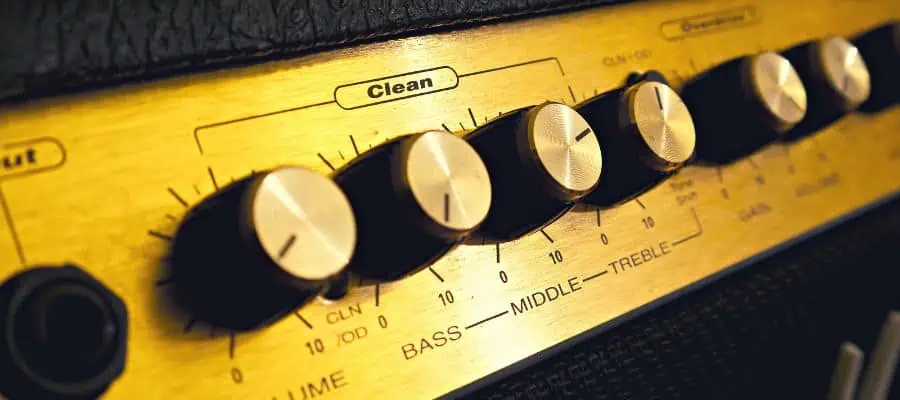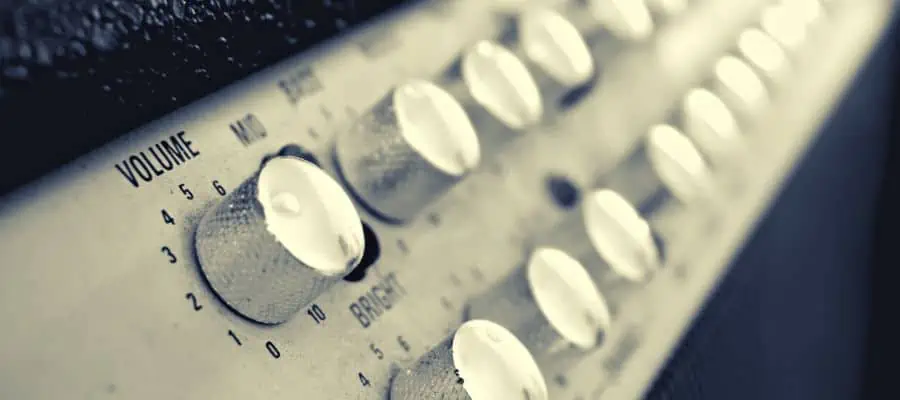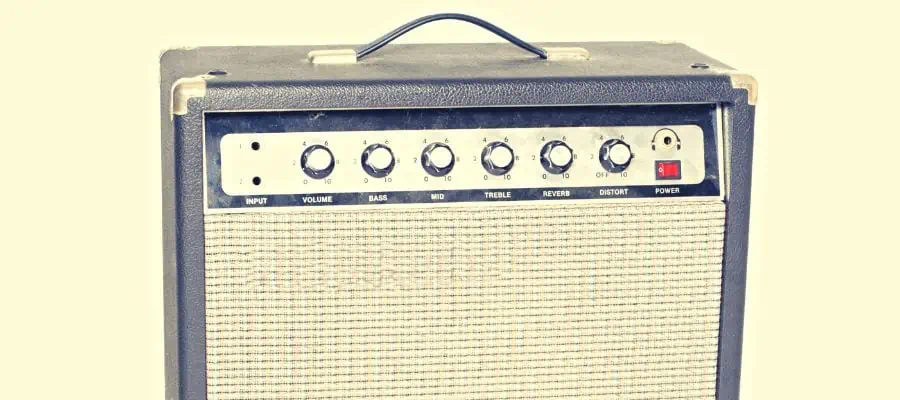A guitar amp is a crucial part of a guitarist’s setup, as it offers a range of tones and effects, shaping the player’s sound. With various channels, amps allow guitarists to switch between different tones quickly, getting out of monotony and building interest in the audience.
Using multiple channels at the same time can make players explore different soundscapes. But is that even possible?
Yes, some guitar amps allow players to engage simultaneously in both channels. The goal is to increase the sonic depth and create new tonal possibilities, providing higher sonic versatility. While there are amps that allow the use of both channels at the same time, there are also different methods, such as using a Y splitter or the bridging method to engage both channels simultaneously.
However, there are limitations to using both channels simultaneously, including phasing issues that decrease the sonic clarity and balance. Also, compatibility is another issue as not all the amps allow using both channels simultaneously.
Let’s delve deeper into the topic to explore the benefits and limitations of using both guitar amp channels at the same time.
What are Guitar Amp Channels?

Guitar amps often come with multiple channels, which offer different tonal qualities with different sonic characteristics. Different channels have different parameter sets and controls to create different tones on each channel. This way, you can have different tones on each channel, such as clean and overdrive.
Most often, these channels are used to switch between different tones. Let’s say you want a clean and high-gain tone in the same song. You can create a clean tone with a low gain level for the first channel and a distortion tone with a high gain for the second channel. With a footswitch, you can seamlessly switch between two to play the song.
Or you can create a rhythm tone for one channel and a lead tone for the other, which can give you the control to switch between solos and rhythm parts easily.
Using Two Channels At The Same Time

There are many ways to use two channels at the same time on an amp. The way to use both channels depends on switching mechanisms and the input port amount of the amp.
Single Input Amps
For amps with a single input and multiple channels, you have to check if the amp supports using both channels at once. Most often, they do not. There are some ways to get around it, but it may hurt your amp or create some noise issues. So, it is not recommended.
The rare ones that support the two-channel-at-once method come with a footswitch that allows you to engage both channels simultaneously, which is generally shown as A/B on the footswitch.
Multiple Input Amps
For multiple input amps, using both channels at once is more common. And there are different approaches to doing it, depending on your gear and needs.
ABY Footswitch or Signal Splitter
The most common way to use both channels simultaneously on an amp is to use an ABY footswitch or signal splitter. These gear allow you to split your guitar’s signal into two separate signals. With two separate cables, you can plug these signals into your amp’s different channels and select the “Y” section on your footswitch to engage both channels at the same time.
However, it must be noted that, most often, the two inputs come with different characteristics. The second input is mainly for lower impedance instruments or guitars with active pickups, which means they reduce the guitar’s signal to around 6 to 10 dB.
Additionally, you can use a Y splitter, aka ABY footswitch or a signal splitter, to use two amps at once. You can connect one end to an amp and the other end to another amp to get the most out of two different amps. But note that with the Y splitter, your signal will be cut in half. So, you have to compensate for that by turning on the volume.
Here is a short video of what you can achieve with an ABY splitter.

Bridging Method
The bridging method refers to using both channels of an amp to drive a cab with the full range. This is generally done to increase the power of the amp.
Let’s say you have a 100 W per channel on your dual channel amp. Bridging the amp will allow you to use both channels at once and give you more than the total power of the channels. Your amp then may output around 300 W. Also, you can use the effects on both channels.
Not all the amps can be bridged, or better put, not all the amps perform well with the bridging method. For instance, Fender amps that are 68 or older are famous for their performance with bridging. The best way to figure it out is to experiment and see if you are getting any phasing issues, which means the two outputs are out of sync, creating a slight delay.
To bridge your amp, first, connect your guitar to the channel of your choice. Be sure to connect your guitar to input 1 of the selected channel. Then, run a patch cable from input 2 of that channel to input 1 of the other channel, which does not have any connected instruments.
You can watch the video to learn more about the bridging method and how to do it.

Using Two Guitars With The Same Amp

Another way to use both channels at the same time is to connect two different instruments to the different channels of your amp. While it is not ideal to use the amp this way, as it may potentially damage your amp, it can work well with some limitations and caution.
If you are going to use two guitars on the same amp, avoid creating two ultra high-gain tones, as it may damage your amp. Note that, most probably, one input is created for active and the other for passive pickups. So, one of the inputs may have a slight reduction in signal level between 6 to 10 dB.
Conclusion
Using both channels of an amp at once can create different sonic capabilities and increase your tonal palette, as well as the output volume you can get from an amp. While there are techniques such as the bridging method and Y splitter approach, you should be aware that these methods do not work with every amp. Also, phasing issues are other common obstacles on the way.
The best way is to try and see if these methods work for you, as they are unorthodox approaches to using amps. Experimentation and setting adjustments are keys to creating a good balance and sonic clarity when taking the two-channels-at-the-same-time approach.
If you found this article useful, you may want to save this pin below to your Guitar board.

Recent Posts
Some guitarists insist on buying an expensive amplifier with their electric guitar. They assume that this is a must for every type of guitarist out there. However, in some situations, this isn’t...
Top 50 Free Realistic Guitar VST Plugins With Sound Examples
As technology has rapidly advanced in the recent decade, computers are stealing more and more roles from physical musical instruments and accessories. Nowadays, you do not need expensive amps,...

